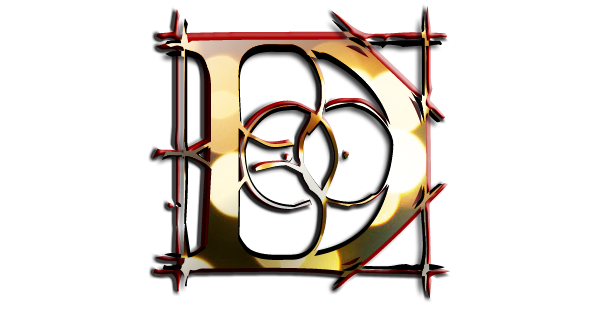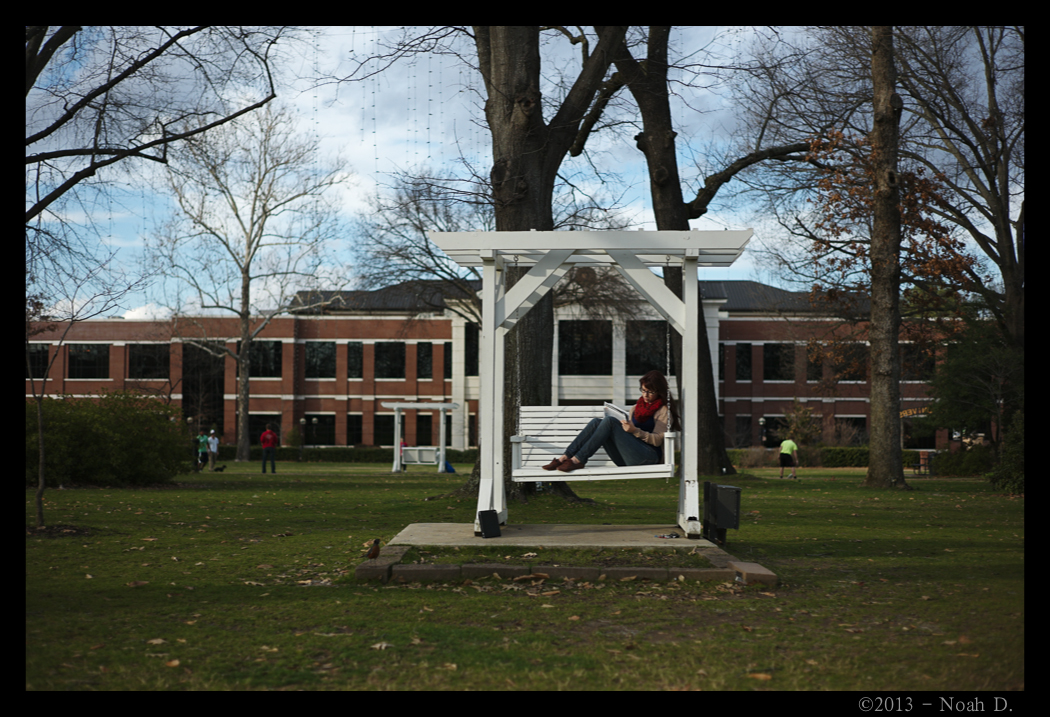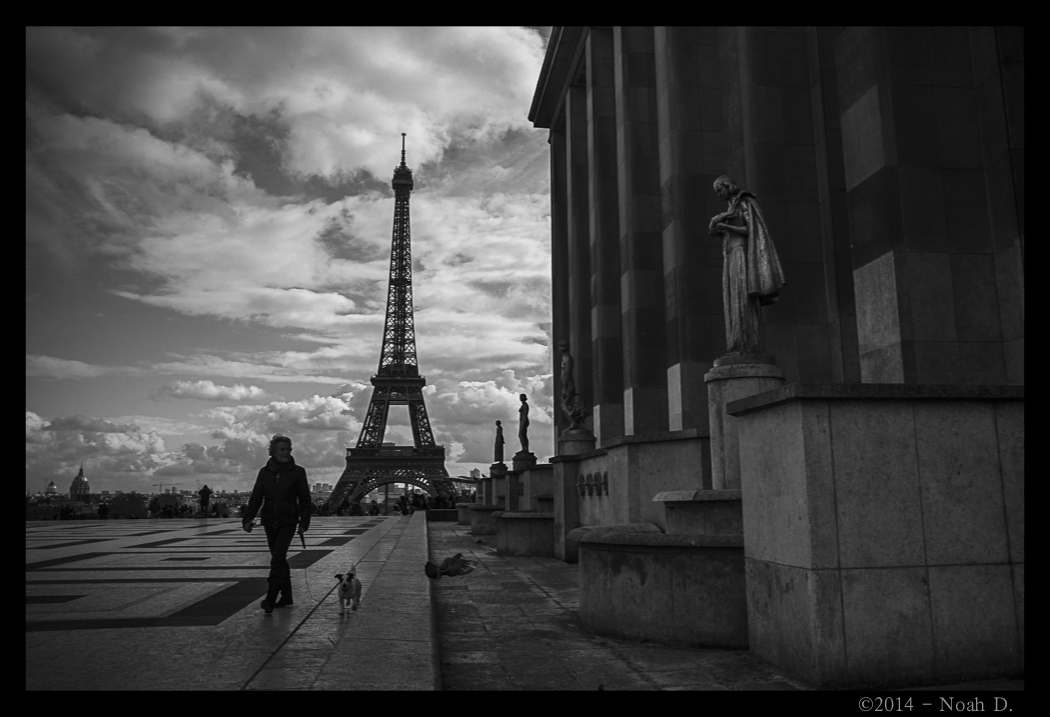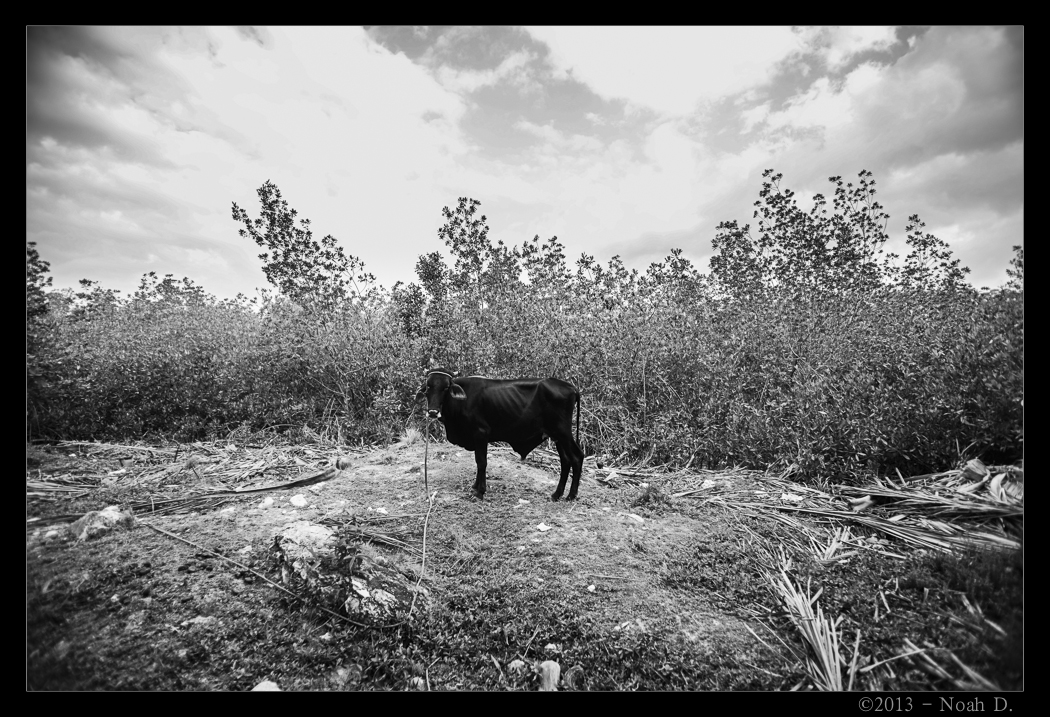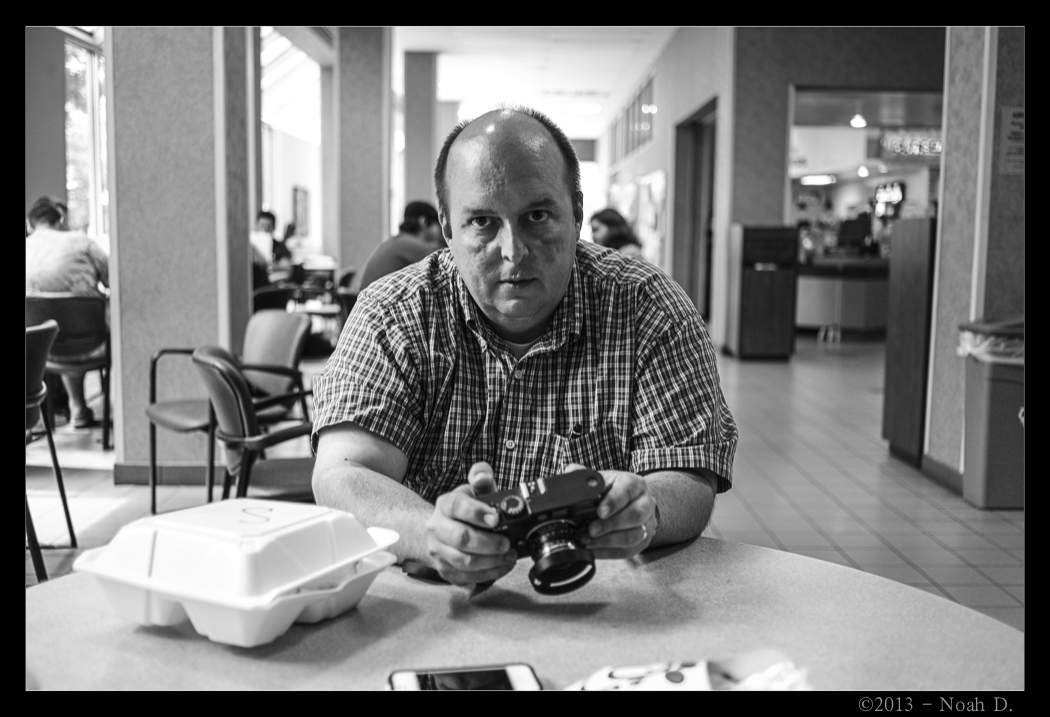This is a Leica fanboy post. Normal readers: avert your eyes.
I was really sorry to burst my own bubble. It rather ruined the mystique of the idea that I was able to have budget M-bayonet lens and make images with them with great color rendition, sharpness, clarity, etc. And then the standard by which all lenses are measured came along: the Leica Summicron 50.
For those of you who are not aware – and really it’s a uber-camera-nerd thing – the word “Summicron” is the name Leica gives to their lenses that have an aperture of f/2. It has been done this way for more than half a century.
So, imagine my surprise when I loaded up a Summicron 50 and compared it to my trusty Voigtlander 50. The Voigtlander 50 I purchased brand new in 2007 (for around US$600) for my Leica M4-P and have been using it so long that the brass is showing through the black paint. It’s kind of a badge of honor for a lens to show this kind of wear! This little chunk of a lens has been with me a dozen times overseas and tens of tens of thousands of frames through it.
And then the Summicron 50 came along. And ruined it.
For mostly nostalgia, I didn’t want the Summicron 50 to completely flatten the competition. I didn’t expect it. I’m one of those people who don’t pixel peep: I don’t get caught up in the technology (even though I enjoy it); and I don’t make a big deal if an image isn’t just a certain sharpness or blah blah blah. But…
The photo for the day today is completely straight out of the camera. It’s not an excessively profound image, but the part that still is unbelievable to me is this: not a single iota of adjustments to it. No crops, no sharpness, no color correction, no contrast correction… nothing. Exactly straight from the camera. And for almost every technical reason, it’s exactly the photo I intended to make.
My first “enthusiast” camera was a Panasonic Lumix DMC-FZ50. It’s SLR-like, fixed lens, but I was in love with the shutter speed adjustment on the back and the aperture adjustment on the front and I was able to learn the finer points of Manual exposure. Then I bought a D80 when I needed to get a little more serious to shoot events as a school photographer. Gradually, I moved up to the D300 then D700, and even interspersed in there was a time with a Canon 7D and 5D. I’ve been through a whole slew of other random assorted cameras and equipment, too, all these having high-end lenses – both prime and zoom – with the whole catalog ranging from 10mm to 400mm.
Honestly and truly, whatever you might think about the “restrictions” of all-manual cameras, the move to all Leica equipment (camera and lenses) has completely taken away the technology/equipment factor and made image making completely… me.
If I cannot make a good image, it is not the camera’s fault: it’s mine.
I’m still going to be using the trusty Nikon from time to time. For fancy lighting, ya can’t beat Nikon’s CLS. And if I have to use telephoto for something, SLR’s are the only way to go. And if I need to video, I actually tend toward the Canon cameras, which I don’t really care for because I don’t like the feel in my hand and (what I feel is) archaic menu system. To each his own.
But for all intents and purposes of daily assignments, personal life, and professional clients… there’s no image I shouldn’t be able to make anymore. Failure is mine.
Stay tuned…
-Noah D.
PS: Some have asked: “Don’t you miss autofocus?” Completely honestly, I cannot focus in a thousandth of a second like a Nikon, but the times when that is relevant is few and far between. I’m not going to shoot action sports with a rangefinder. But now almost 3000 images in with the M-E, and many tens of thousands with the M8 before that, and hundreds and hundreds of rolls through the M4-P… I don’t know the last time I really had to think about focusing. I don’t see the focus… I feel it.
